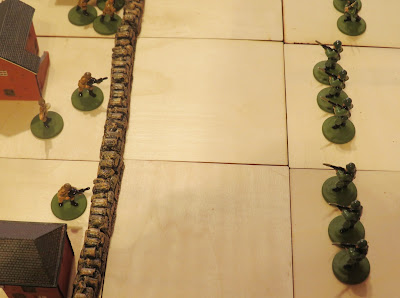Back in April last year, Sue and I visited Charlton Village. During our visit we were able to look at the outside of Charlton House, but due to the restrictions that were in place, we were not able to go inside. On Friday we had the opportunity to join the first guided tour of the house that has been put on since the COVID restrictions have been lifted, and we spent a very interesting hour being taken round parts of the building that are not always open to the public.
We began our tour outside, where we were able to see the original ornate entrance.
We then passed through the main door and into the entrance hall. This is currently used as a café and was too full of people to photograph.
From the entrance hall we went up the main stairs (which are still in their original condition) to the top floor.
Our first stop was in the long gallery, which ran the width of the house.
As with most houses of this period, the room was dominated by a large ornate fireplace ...
... and the ceiling was decorated with intricate patterns of plasterwork.
The next room was a former bedroom, whose fireplace was decorated with an odd mixture of Christian and Greco-Roman images.
We then progressed into another large room which was used for entertaining guests.
It also boasted an ornate fireplace ...
... and an even more heavily decorated ceiling.
The last room we visited on the top floor was a second bedroom. Its fireplace was made of black marble, which is reputed to have been so shiny that an occupant of the room was able to see the reflection of someone being attacked outside by a robber. They raised the alarm and the felon was caught and later hung in nearby Hanging Woods.
We then descended to the ground floor using the very plain servant's staircase. Our tour ended in the library, which is part of the building that was added by the Wilson family when they owned the house (see below).
Until very recently, the library has been used as a COVIDF vaccination centre, and has yet to be restored to its normal use as a meeting space and venue for musical recitals.
There were areas of the house that we were unable to visit as they are currently used as office space for various local organisations or because they were being used for filming. (The house is often used by film and TV companies for location filming for dramas and documentaries.) It is also reputed to be one of the most haunted buildings in the United kingdom, and is regularly visited by ghost hunters.
Charlton House is one of the best examples of Jacobean architecture in the United Kingdom. It was build between 1607 and 1612 to provide a home for Sir Adam Newton and the eldest son of James I, Prince Henry, the Prince of Wales.
Newton was not of noble birth, but by dint of hard work and study he became tutor to the prince and held the office of Dean of Durham. Prince Henry died very soon after he moved into Charlton House, and thereafter Sir Adam occupied it as King James's Receiver-General.
The Newton family remained resident in the house until 1658, when the house and its surrounding land was sold to Sir William Ducie. It was sold for a second time in 1680 to Sir William Langhorne, from whom it passed to Sir John Conyers (Sir William Langhorne's nephew) in 1715. It was eventually inherited by Jane (née Weller), the wife of Sir Thomas Spencer Wilson in 1777.
During the First World War, the Wilson family loaned the house to the Red Cross, who used it as their district headquarters before it was converted into into a 70-bed VAD (Voluntary Aid Detachment) hospital. The family was unable to restored the house to its former glory after the war, and it was sold the Metropolitan Borough of Greenwich in 1925 (now the Royal Borough of Greenwich), who subsequently used the house as a museum and library. More recently it has been used as a community centre, and the former grounds have been turned into a public park.








































































.JPG)













